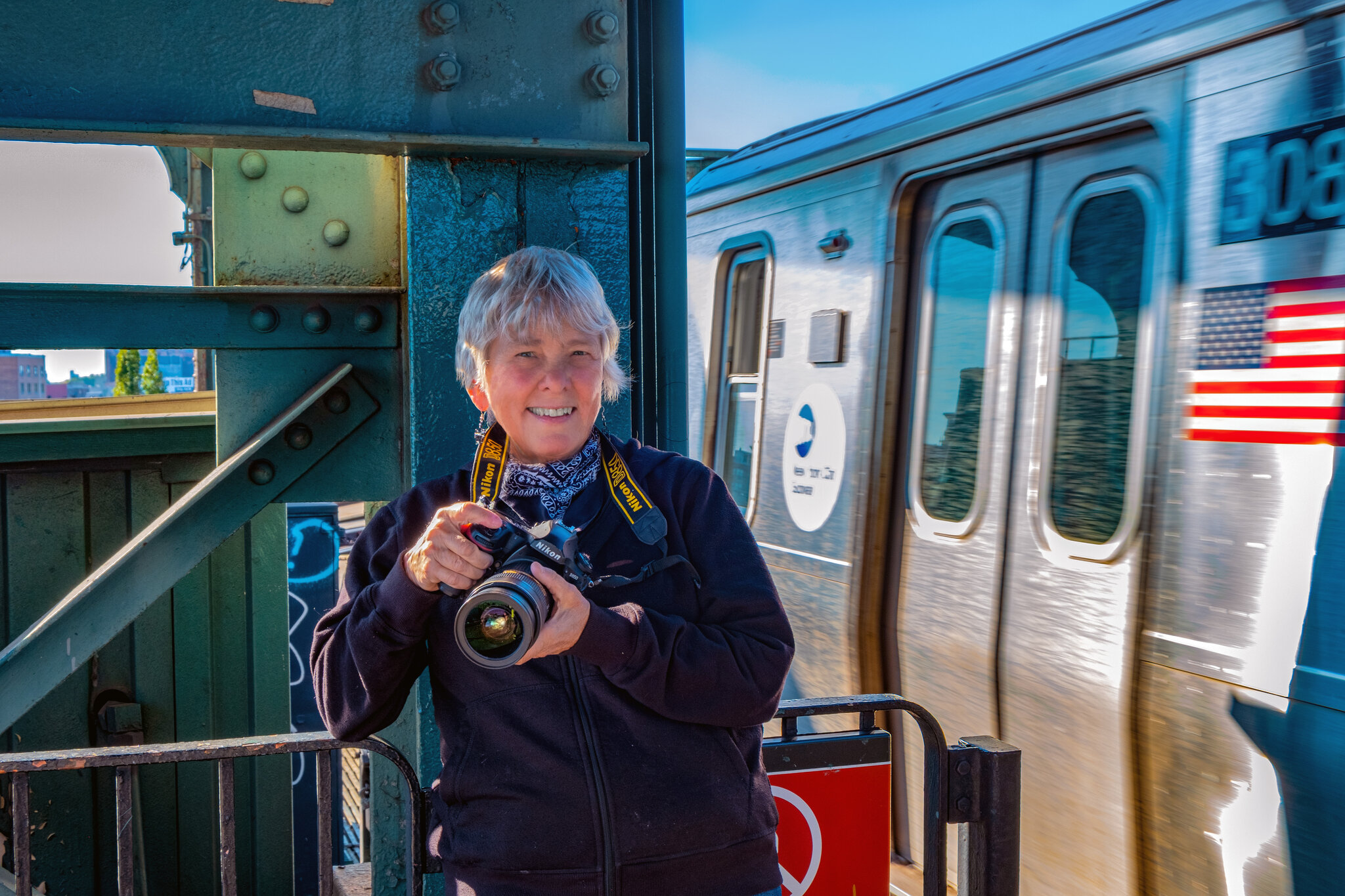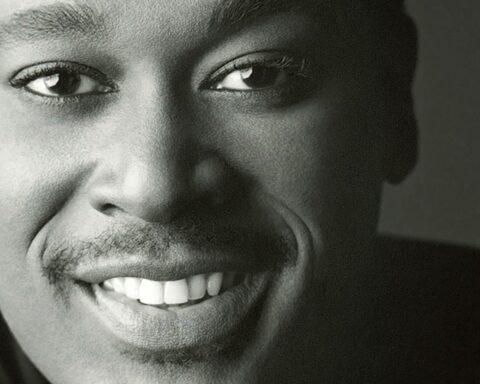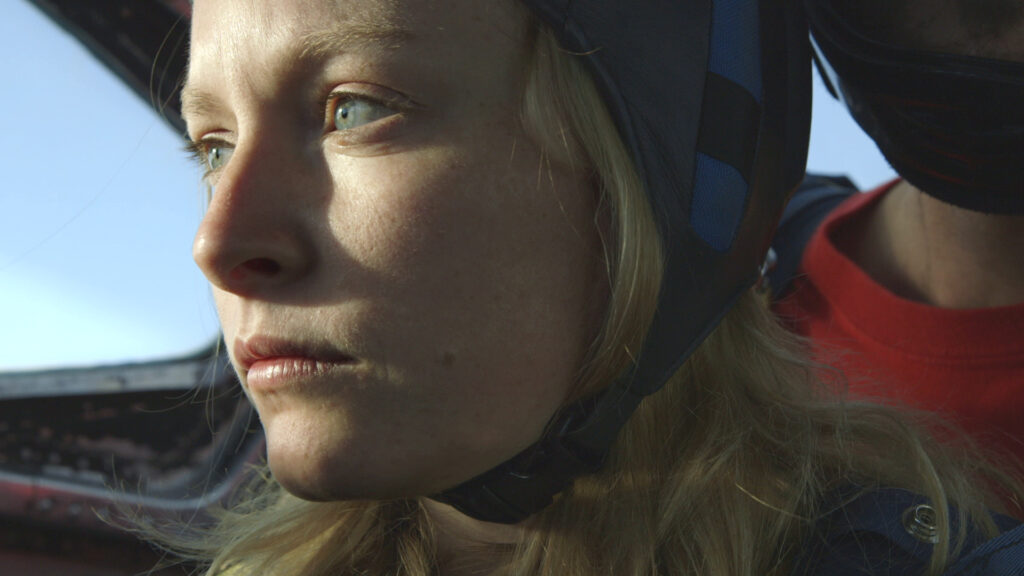Martha: A Picture Story
(USA, 80 min.)
Dir. Selina Myles
Martha Cooper’s subjects call her “the camera lady.” As director Selina Myles follows Cooper through the neighbourhoods of Brooklyn or Baltimore, passersby recognise the spirited street photographer. She’s a minor celebrity and the people who notice her are greatly outnumbered by the pedestrians who don’t. However, the ones who are familiar with “the camera lady” know Cooper because she affords them attention that others do not.
Martha: A Picture Story tells how Cooper has used her camera for decades to capture portraits of American life that rarely get their time inside the frame. Faces interest her, boarded-up buildings do not. The film illustrates why Cooper is among the most influential yet underappreciated street photographers of her time. “The camera lady” ensures that everyone has his or her proper space in history.
Cooper is a great character and fans of either of the Bill Cunningham films will love A Picture Story. Although Cooper and Cunningham differ somewhat in their personalities and subjects (but don’t forget that Cunningham took great street shots in addition to his fashion photos), they both have giant personalities ensure engaging doc characters. Copper also name checks Cunningham once in the doc, noting that she lacks his enviable ability to recognize faces, which helped him land more gigs.
A Picture Story offers a snapshot of Cooper’s work as a street photographer and documentarian of peripheral experiences. It follows the 75-year-old photographer in action as she accompanies graffiti artists into the subway stations of Berlin and New York. Using stealthy camerawork and some clandestine skills developed over the years, Cooper scurries into the subway platforms with street artists as they tag cars and station walls. The action happens in a flash and Cooper snaps away, capturing the art in progress and the completed work.
Cooper’s photography and Myles’ documentary aren’t necessarily trying to claim that graffiti is art. The photographer actually says the opposite in the doc’s riveting opening sequence as she documents the efforts of a tag team in Berlin. They bomb onto a subway platform like a hit squad, fire paint over tunnel walls, make a quick exit, and discombobulate Cooper and bystanders in the process. What the doc and Cooper’s photography do, however, is suggest that graffiti is more than mere vandalism. Cooper states that graffiti is an assertion of space. It’s a stamp of existence for people who are often unseen.
Myles situates these contemporary scenes in the subways around Subway Art, Cooper’s groundbreaking 1984 photobook with Henry Chalfant. The book endures as a significant documentation of the graffiti movement in the 1980s. Filled with Cooper’s lively photographs that let the vibrant colours of the graffiti pop out among the dank hollows of urban jungles, Subway Art gave a subculture mainstream recognition. The doc captures its influence in the young people whom Cooper encounters at galleries and on the streets. They thank her for her work, likening her to their grandmother—a point that she quickly corrects with the suggestion that she’s more like their mother—and convey what her photography means to them. Similarly, artists in Europe tell Myles how they self-distributed copies of Subway Art by photocopying the book and then colouring in each page by hand. The work of assumes a life of its own, circulating underground and off the books, just as the graffiti itself breaks the rules of property and legality.
Documenting graffiti is only part of Cooper’s portfolio. When Myles isn’t sprinting after Cooper on a guerrilla graffiti shoot, she follows her throughout neighbourhoods that face gentrification. A Picture Story looks at Cooper’s street photography past and present. She captures children who thrive happily and are blissfully unaware of the poverty of their surroundings. She photographs residents who remain positive in the face of neglect and degradation. She documents people living in the margins and off the grid—immigrants, minority groups, and surrogate communities like break-dancers long before breakdancing was a thing. Documenting resilience and adversity in each frame, she presents challenging slice of life portraits.
Myles also observes how Cooper struggles to find her niche. Photo editors love her work, but her portfolio and eye aren’t always the right fit for their needs. Similarly, curators, even in contemporary footage in the doc, miss the point of her work. One gallery owner flips through Cooper’s portfolio and shudders at the images of children and smiling people. He wants stern faces and no traces of joy. One person might call such shots “authentic” while others might prefer “poverty porn.”
Beyond giving the photographer wider recognition and sharing her work with the world, A Picture Story affords Cooper significance within conversations of representation. Work like Subway Art matters not merely for its aesthetics, but mostly for preserving the stories and creating space for underrepresented people. Like the graffiti she photographs, Cooper’s work is a way of telling the world “We’re here.”
A Picture Story streams via TIFF beginning Mar. 5.














